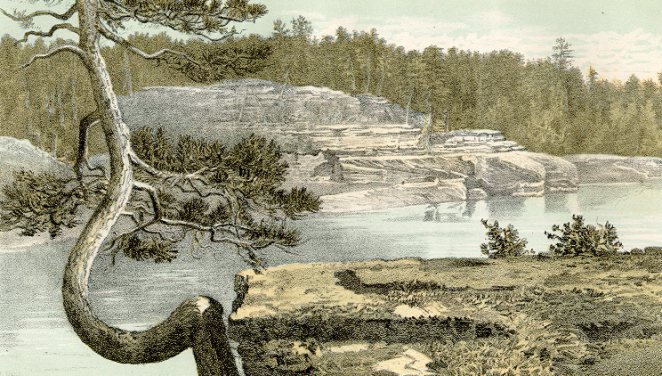Cambrian (WI and IL)
Cambrian
543 - 490 million years ago
During the Cambrian broad tropical seas covered much of the state. Sand, silt, and mud were deposited on the seafloor. Animals that lived in this sea died and were also buried by these sediments. Over time this sand and mud was buried and slowly turned to sandstone and shale. Some of the animals that were buried - especially hard parts such as their shells - were preserved as fossils. Cambrian fossils of Wisconsin include many species of trilobites, brachiopods, and an early mollusk called hyoliths.
About 520 million years ago, during the late part of the Cambrian Period, a shallow inland sea spread across much of Wisconsin. Clastic deposits derived from erosion of land areas covered the bottom of this sea. These deposits are represented by beds of sandstone and shale that contain trilobites and a few other kinds of fossils.






